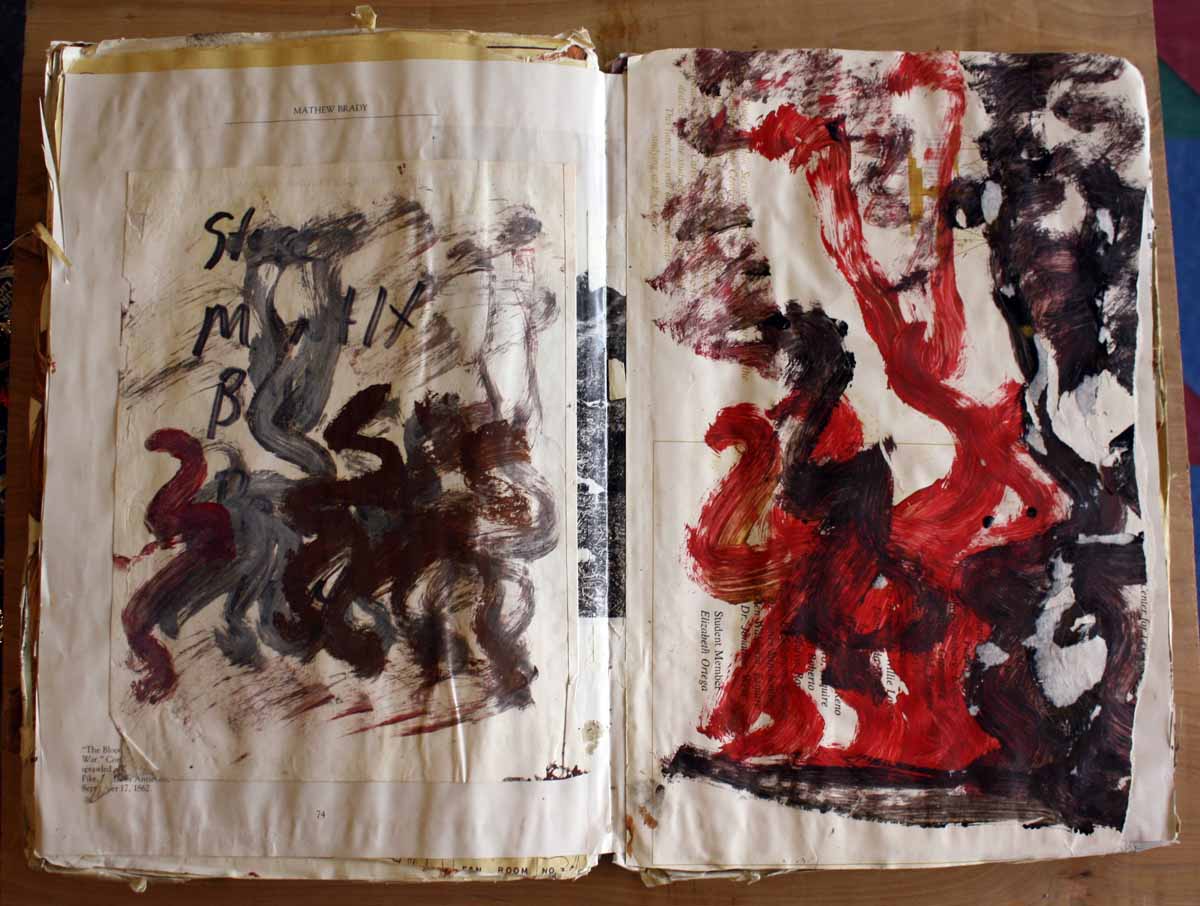Among the several books I had taken some time to review, I Sold Andy Warhol (Too Soon) by Richard Polsky, was probably one of the more difficult to get through. That was not because of the content, which is genuinely interesting, full of art world characters, some of which I know personally, but the writing style was a bit bland. Of course, the targeted audience may have been one that does not mind that style. There is always the complaint that art writers use too many big words, after all, we wouldn’t want to have to force anyone to actually discover and use a dictionary.
Just because it is an easily readable (bland) and irreverent memoir does not mean it’s boring. It is not boring.
As an artist and a curator, I can attest that the art market doesn’t require “traditional job skills.” You can have all the “traditional job skills” (hard work, self-motivation, organization, financial acumen, a personable and trustworthy personality) in the world, but unless you have close connections to wealthy collectors or potential collectors, those skills won’t matter in the slightest.
Polsky expresses sympathy for the foundation of the art world hierarchical pyramid — artists, confiding that Mary Boone, one of the most successful dealers, said that the best way to get artists to produce was to “Get them into debt … Get them to buy lots of houses, get them to get expensive habits and expensive girlfriends and expensive wives. That’s what I love. I highly encourage it.” However, he is sure to remind readers that these same lifestyle pitfalls force dealers, like Polsky, to sell, to speculate, to make a profit, driving up the prices in the art market, and ultimately, creating the artificially inflated art bubble.
Polsky’s flippant examination of the art world is refreshing and educational for anyone interested in viewing, creating, or collecting art. (via: chowardbc)
Speaking with friends during Art Basel Miami Beach 2010 reminded me to read the final chapters, which I had set aside to read portions of three other books (eventually to be reviewed). The one thing that makes this book valuable is Polsky’s real world experience with real people I know (especially, when he discusses the characteristics of specific people). The book is full of characters, all presented in front of us for our enjoyment.
Q&A with Richard Polsky
Question: In 1987, you set aside $100,000 to buy an Andy Warhol painting. Your 2003 memoir I Bought Andy Warhol chronicled your search to acquire that painting, which ended in the purchase of a “Fright Wig.” I Sold Andy Warhol (Too Soon) is the story of what happened when you sold your beloved Warhol. Why did you sell? Was it worth it?
Richard Polsky: As you know, I Sold Andy Warhol (Too Soon) is about selling my hard-won Andy Warhol “Fright Wig” painting, which was a direct result of being under financial pressure from my former wife. As she put it, “Would you rather look at me or your painting?” The question of whether it was worth it is far more complex. From the standpoint of personal self-esteem, absolutely not. I felt like I had let myself down and in an odd way had let Warhol himself down. Financially, though, it was the right thing to do. I sold at what I thought was an opportune time and got what seemed like a strong price. I had paid $47,500 and sold it for $375,000. The irony to the situation, and hence the title to the book, was if I had only waited two years I might have gotten as much as $2 million.
Question: You take the art world to task in your new book, calling the business of buying and selling art “high school with money.” What do you mean by this and where do you fit in?
Richard Polsky: Referring to the art world as “high school with money” may have been too generous. At times, it feels more like “grade school with money.” What I mean by this is that there is an inordinate amount of juvenile behavior in my industry. Because anyone can become an art dealer, since there are no qualifying exams to take, the business attracts plenty of people that are under qualified. Often, they are misfit children of the rich, or worse yet, children of art dealers. They lack a background in art history and the history of art dealing, as well. This may sound self-serving, but I happen to be one of the few exceptions, in that I don’t come from a privileged upbringing and I’ve worked hard to become knowledgeable in both the art itself and the history of the art business.

